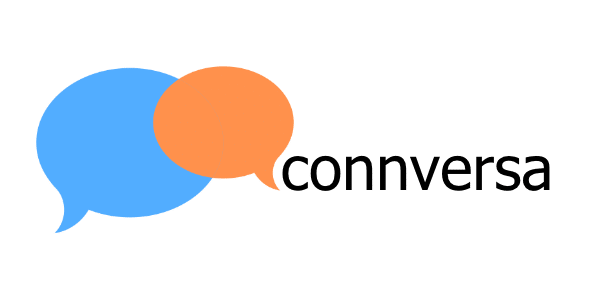When I start working with a new client, one of the first things we talk about is how to focus podcast episodes.
Most of the time, the marketers and internal communicators I work with have a general idea of what their podcast is going to be about … But it takes some careful planning to come up with topics that are going to really engage their listeners. And the first step in planning is thinking very carefully about the intended audience and what they care about.
Now, this may seem obvious … I mean, of course you want to create content that offers value to your listeners. But how do you know what your intended audience values? It’s easy to make assumptions … For example, you might assume that your ideal listeners–let’s say your customers and potential customers–want to hear about your latest products and services. But … do they really? Probably not, because that stuff is all about you. Instead, they more likely want to hear about things that are about them … about their industry and the problems and challenges they face on a regular basis.
Another way to think about this is to put yourself in the place of the listener. If you were looking for a podcast about your industry, what sorts of episode topics would you probably find most intriguing. They would probably be things that you deal with everyday in your job … and you might actually listen because you hope that the content, whatever’s being discussed, will give you some new insights about how to make your job easier, or how to be productive, or insights about what’s going on in your industry and how things are shaping up over the next few years.
And if the podcast actually delivers on those things … if you check out an episode and you come away having learned something new or gotten a new perspective or heard something that sparks an idea in your mind … then you’re likely to listen to more episodes. Because that podcast is providing value in the form of information and insights that you’re not finding anywhere else.
Now, you might be saying to yourself … that makes sense, but how can I come up with stuff to talk about on a podcast that’s going to offer that kind of value. It’s a legitimate question. Coming up with truly insightful and valuable content is not easy. But the good news is that, really when you think about it, you already know how to come up with that kind of content. Because the products and services you offer are based on your unique understanding of the industry you’re marketing to. And you’re using that understanding to craft the messaging on your website and newsletter and social media channels … at least, I hope you are. And creating audio content is really no different. Except that you won’t literally talk about your products and services … you’ll talk about the insights and ideas that gave birth to what you offer.
Let’s look at an example. One of our clients in the mobile security space provides solutions to help their customers secure their mobile networks and protect against hackers and other threats. And they produce two podcasts: one for an external audience, meaning their customers and prospects, and another for their sales team.
On the customer-facing podcast, the host, who’s the head of sales enablement, has a discussion with the company’s VP of Global Sales Strategy, but not about the inside baseball of quarterly sales trends and the latest innovations in their products and what’s going on with the competition. Instead, they talk about what’s going on in the world of cyber security more generally … about evolving trends in technology … about new threats that companies should be aware of and the steps they can take to protect themselves. And they never talk about or even mention their own solutions, specifically. Because they understand that the audience doesn’t want an infomercial. They want to hear subject matter experts having authentic, in-depth discussions about mobile security in a way that yields actionable insights.
But the focus of the podcast that’s aimed at the sales force is different. They talk about the same trends and new threats and so on, but the focus is on how their sales people can use that information to position their products and services and articulate their value. Because that’s what the sales people really care about and what’s most useful for them in their work. And so, episodes focus on what the competition is doing … on new products and services and the knowledge and insights that drove their development … on evolving mobile security threats and how those threats are putting potential clients in jeopardy in ways that make them more likely to find value in what the company offers.
My overall point is that the different focuses of the two podcasts are driven entirely by the intended audience and what matters most to them. The audience isn’t the only thing that matters in creating strong audio content … the host is important, the quality of the discussion matters, the quality of the audio and overall production matter … and I’ll talk about those things and more in upcoming episodes.
But no matter your industry, and whether your podcast is aimed at customers and prospects or internally at your sales force or other employees, the first step is always thinking about the audience and putting their needs before your own.
